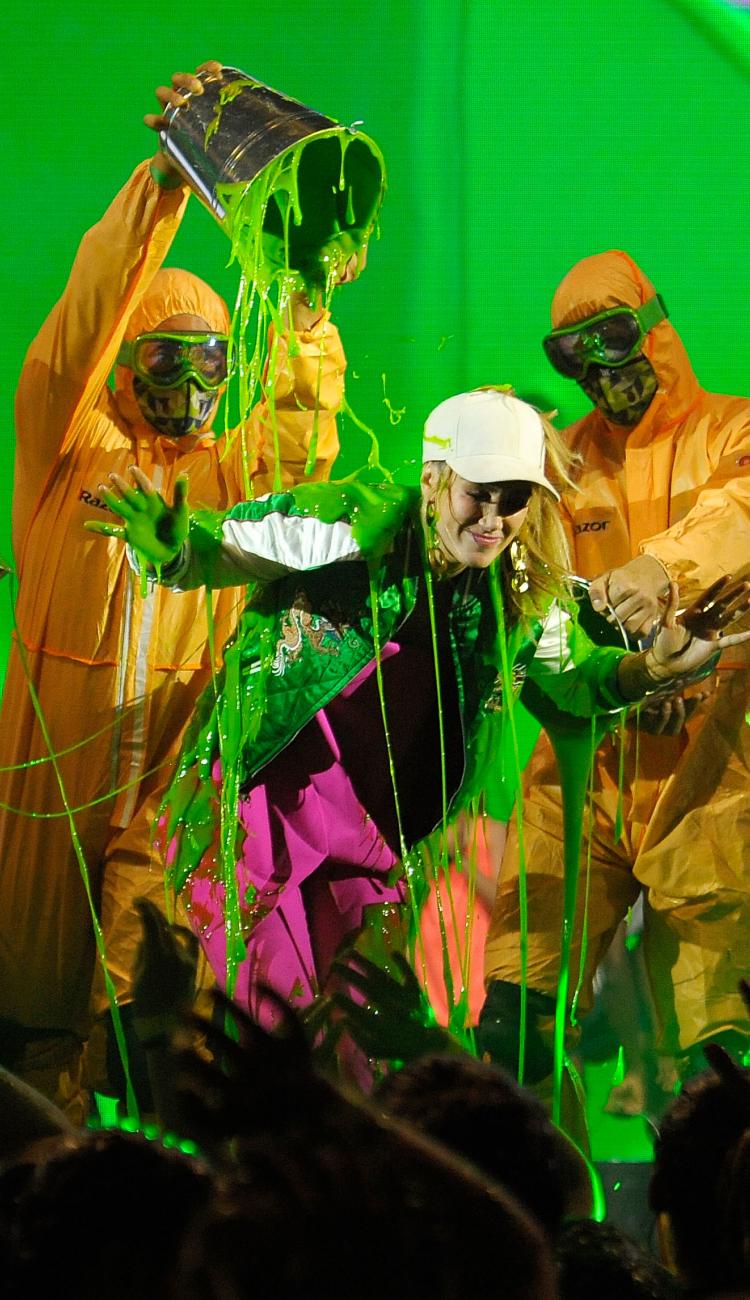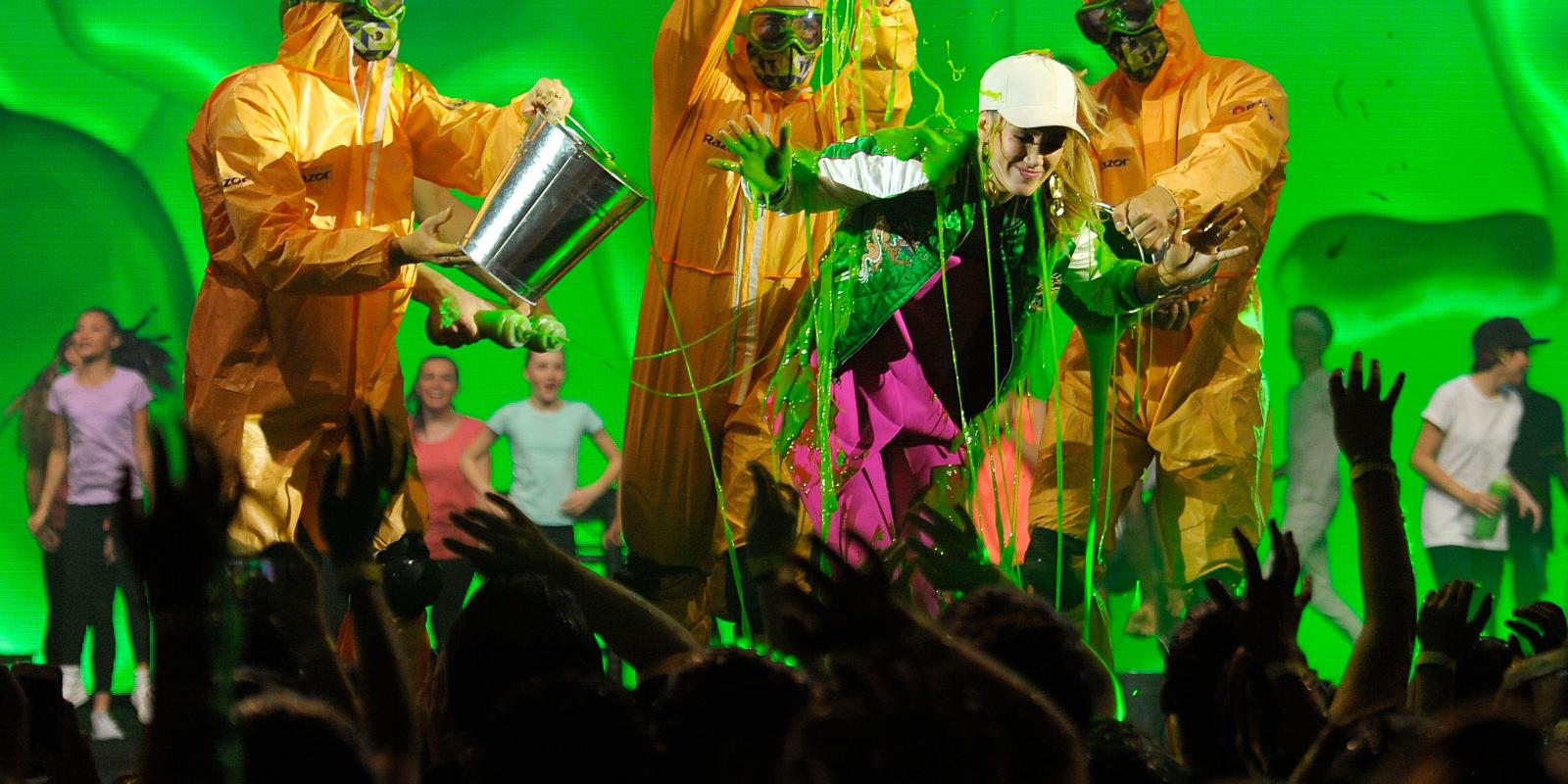May 21, 2018
Nickelodeon’s Sharon Cohen on what makes a successful branded experience.
Superfans who want to play in the Nickelodeon universe have no shortage of opportunities: SpongeBob Squarepants: The Broadway Musical. Nickelodeon Universe at Mall of America in Minnesota. The Nickelodeon Resort in Punta Cana, Dominican Republic.
And they’re about to get more. Nickelodeon SlimeFest is up next. It’s a two-day music festival celebrating all things Nickelodeon. In 2019, the Nickelodeon Resort in Riviera Maya, Mexico opens and also coming soon is the Nickelodeon Universe amusement park at American Dream in New Jersey are scheduled to open.
These experiences are part of an industry-wide push to create new revenue streams and keep fans engaged with the brands they love in this ever-fragmenting media landscape. Cartoon Network hosts its first Adult Swim Festival in October; PopSugar’s inaugural Play/Ground is in June and New York Magazine’s Vulture Festival, which starts the end of May, expanded last year to include L.A.
At Viacom this year, each flagship brand (BET, Comedy Central, MTV, Nickelodeon, Nick Jr. and Paramount Network) will have a live, U.S.-based event attached to it. In addition to Nickelodeon’s host of experiences, there’s the BET Experience; Comedy Central’s Clusterfest, and MTV’s YO! MTV Raps: 30th Anniversary Experience.
In her 25 years as a marketer at Nickelodeon, Sharon Cohen has seen the branded event space evolve and grow. Last fall, she became executive vice president of the newly created Nick Experience — the group that translates the brand into the real world. They work with partners to create location-based experiences such as hotels, theme parks, live tours, theatricals and festivals. They also do on-the-ground activations at the Super Bowl and trade events like Licensing Expo, and VidCon.
We recently talked to Cohen about the growth of experiential marketing and how Nickelodeon’s efforts have evolved with audiences.
V by Viacom: Why are live events so hot in the industry right now?
Sharon Cohen: Audiences value experiences more than purchasing retail items. As for parents, 66% say their kids are their best friends. They want to spend time together and live experiences are a great way to do that. They’re making memories. And of course, there’s the attraction of being someplace and taking pictures and posting them to Instagram.
V: Nickelodeon was an early adopter of experiential brand extensions. What drove those early decisions?
SC: Our audience views our characters as ‘best friends’ and they are eager to spend time with them. We have an emotional connection—which is why experiential marketing is not new at Nickelodeon. We’ve always made it a priority to offer our audience tangible ways to connect with our brand and IP over the years, from Slime Across America to the Super Bowl, Big Time Rush’s music tour and Universal Orlando’s summer concert series.
"A successful branded experience is not just … a simple translation of a show created for a different medium. It’s about reimagining IP for a different platform."
V: There are so many types of immersive experiences under the Nickelodeon umbrella. How do you design them and then decide where they should happen?
SC: The first thing we look at is, ‘How is it uniquely Nickelodeon?’ We always remain true to our mission: Making the world a more playful place. We’re looking for experiences that will deeply immerse people in the brand and are differentiated. If you go to our experience, we want visitors to feel that only Nickelodeon could do that. When we evaluate partnerships such as the hotel relationship with Karisma, or theme parks with Triple Five, we identify places where we can grow.
A successful branded experience is not just one that’s a simple translation of a show created for a different medium. It’s about reimagining our IP for a different platform so it’s worthy of our audiences’ attention and money. We want them to leave thinking that was awesome and I can’t wait to go again.
V: How have Nickelodeon’s events evolved as kids are increasingly technologically savvy and at younger ages?
SC: The experience has to be authentic for the current generation of kids and sometimes it might be a digital activation. But they still love running around and being kids. If we can engage them live in addition to having them watch TV and consuming content, we want to do that.
V: Tell me about the origin of Nickelodeon SlimeFest.
SC: Nickelodeon SlimeFest was successfully executed internationally. I attended two in Europe and came back thinking about what it could look like and how we can translate it for the U.S. market. Festivals are incredibly popular. In looking at the festival landscape, there are a ton of offerings for millennials and for music fans, but there’s nothing out there for a family. We felt there was an opportunity to lean in and create something that’s the best of Nickelodeon, awesome music and slime all rolled into a unique family festival.
It’s going to be half music festival and half Nickelodeon party. We’re not telling anybody specifically what activities will be there. That’s true to our brand: surprise and delight. The experiences will be age appropriate. Kids can be kids. And of course we will deliver on the slime promise.
V: What’s the appropriate attire for getting slimed?
SC: A poncho. Clothes that you’re not terribly worried about getting dirty.

